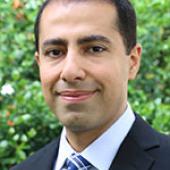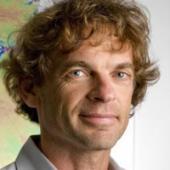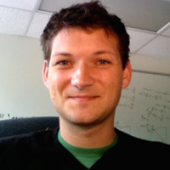Reducing Disaster Risks
The frequency and intensity of hazards such as flooding, drought, heatwaves, wildfires, and storms are projected to increase in a warming climate, even as the number of people and value of infrastructure and assets exposed to these events also rise. Scientists in ESS are developing models and tools to better project how such extreme events will change in the future, and also scaling up engineering approaches to evaluate the effectiveness of different responses in mitigating the risks
Studies how atmosphere and ocean dynamics influence regional climate and climate extremes, with an eye to climate change and policy applications
Bridge between the disciplines of hydrology, climatology, and remote sensing to address critical global water resource issues
Employs advanced multi-sensor geophysical techniques, including satellite time-variable gravity (GRACE), to study the mass balance of the Greenland and Antarctic Ice Sheets and glaciers worldwide
Uses satellite remote sensing techniques (imaging radar, laser altimetry, radio echo sounding), airborne geophysical surveys (icebridge), field surveys (radar, GPS, bathymetry, CTD), and numerical modeling
Uses high-resolution and multi-scale atmospheric models to study interactions between cloud physics, large-scale dynamics, and the regional water cycle. Exploits high-performance computing and machine learning for turbulent process emulation and neural-network assisted dynamical inquiry
How terrestrial ecosystems work, with an emphasis on what controls the exchanges of gases and energy between land surfaces and the atmosphere










